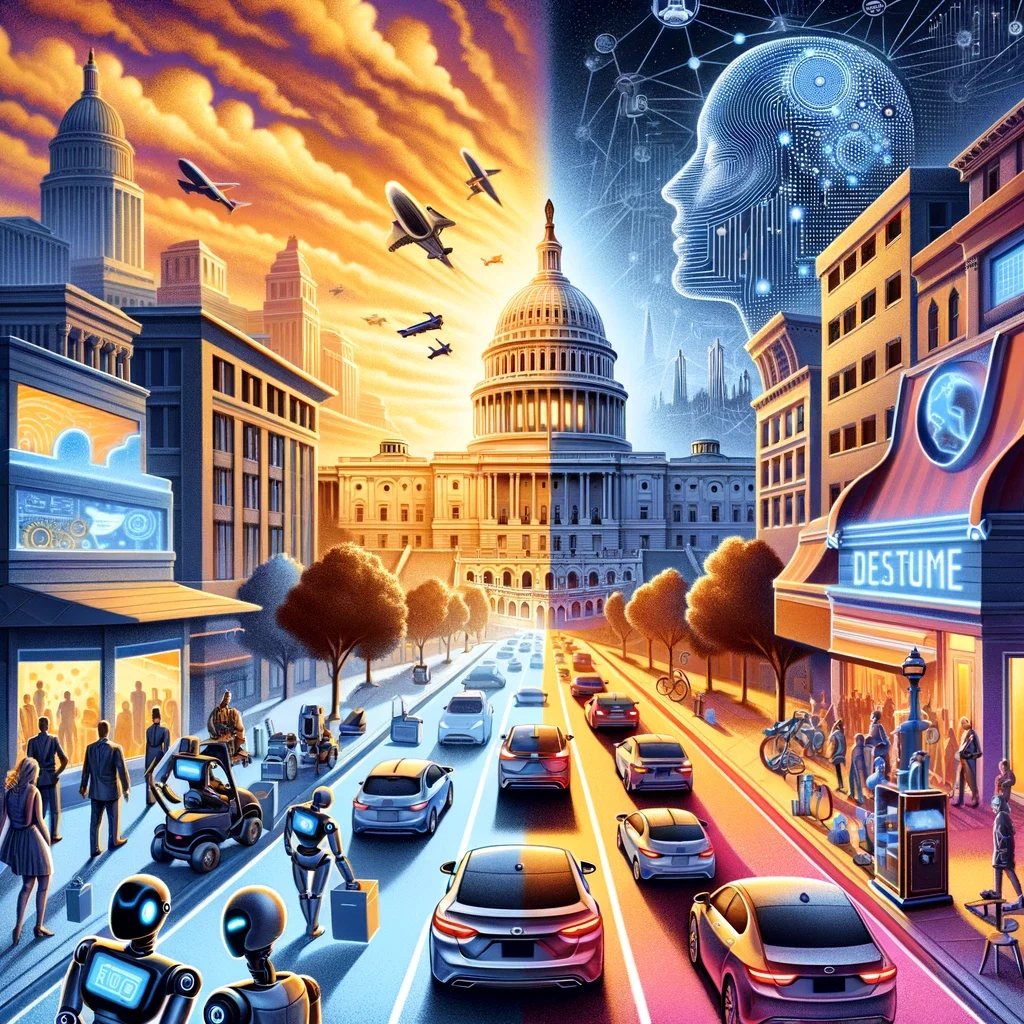In a move, the Alan Turing Institute, the U.K.’s foremost national institute for artificial intelligence, has issued a comprehensive report urging the government to set ‘red lines’ for the deployment of generative AI, especially in contexts where the technology could take irreversible actions without direct human oversight. The report, released late Friday night, emphasizes the institute’s concerns about the unreliability and error-prone nature of current generative AI tools, particularly in high-stakes scenarios within national security.
Generative AI’s unreliability and national security risks
The Alan Turing Institute’s report highlights the current shortcomings of generative AI tools, emphasizing their unreliability and proneness to errors, especially in critical national security contexts. This highlights the need for a fundamental shift in mindset to account for unintentional or incidental ways in which generative AI poses national security risks. The report suggests that users’ overreliance on AI-generated outputs could lead to a reluctance to challenge potentially flawed information.
The report specifically singles out autonomous agents as a prime application of generative AI that demands close oversight in a national security context. While acknowledging the technology’s potential to expedite national security analysis, it cautions that autonomous agents lack human-level reasoning and cannot replicate the innate understanding of risk crucial for avoiding failure.
Mitigations proposed include recording actions and decisions taken by autonomous agents, attaching warnings to every stage of generative AI output, and documenting worst-case scenarios.
Government recommendations and stringent restrictions
The Alan Turing Institute recommends stringent restrictions in areas where “perfect trust” is required, such as nuclear command and control and potentially in less-existential areas like policing and criminal justice. The report suggests implementing safety brakes for AI systems controlling critical infrastructure, akin to braking systems in other technologies. Yet, it emphasizes the importance of considering limitations and risks, especially for senior officials who might not share the caution of operational staff.
The report also flags the malicious use of generative AI as a safety concern, noting that the technology augments existing societal risks such as disinformation, fraud, and child sexual abuse material. Bad actors, unconstrained by accuracy and transparency requirements, pose a threat. The report recommends government support for watermarking features resistant to tampering, requiring commitments from GPU manufacturers like NVIDIA and international government coordination. Challenges to implementation are acknowledged as formidable.
The urgent call for ‘Red Lines For Generative AI’ by the Alan Turing Institute, the report navigates the delicate intersection of technological innovation and national security. The institute’s emphasis on a paradigm shift acknowledges the unreliability of current generative AI tools, particularly in high-stakes scenarios, and underscores the necessity for stringent restrictions and safety measures.
As the U.K. government grapples with regulating AI, the recommendations serve as a roadmap, urging a proactive approach to mitigate risks associated with autonomous agents and malicious use. The question remains: How can regulatory frameworks adapt to balance innovation and security, ensuring the responsible evolution of generative AI in our complex socio-technical landscape? The challenge lies in translating these recommendations into effective policies that safeguard against potential threats while fostering continued technological advancement.





